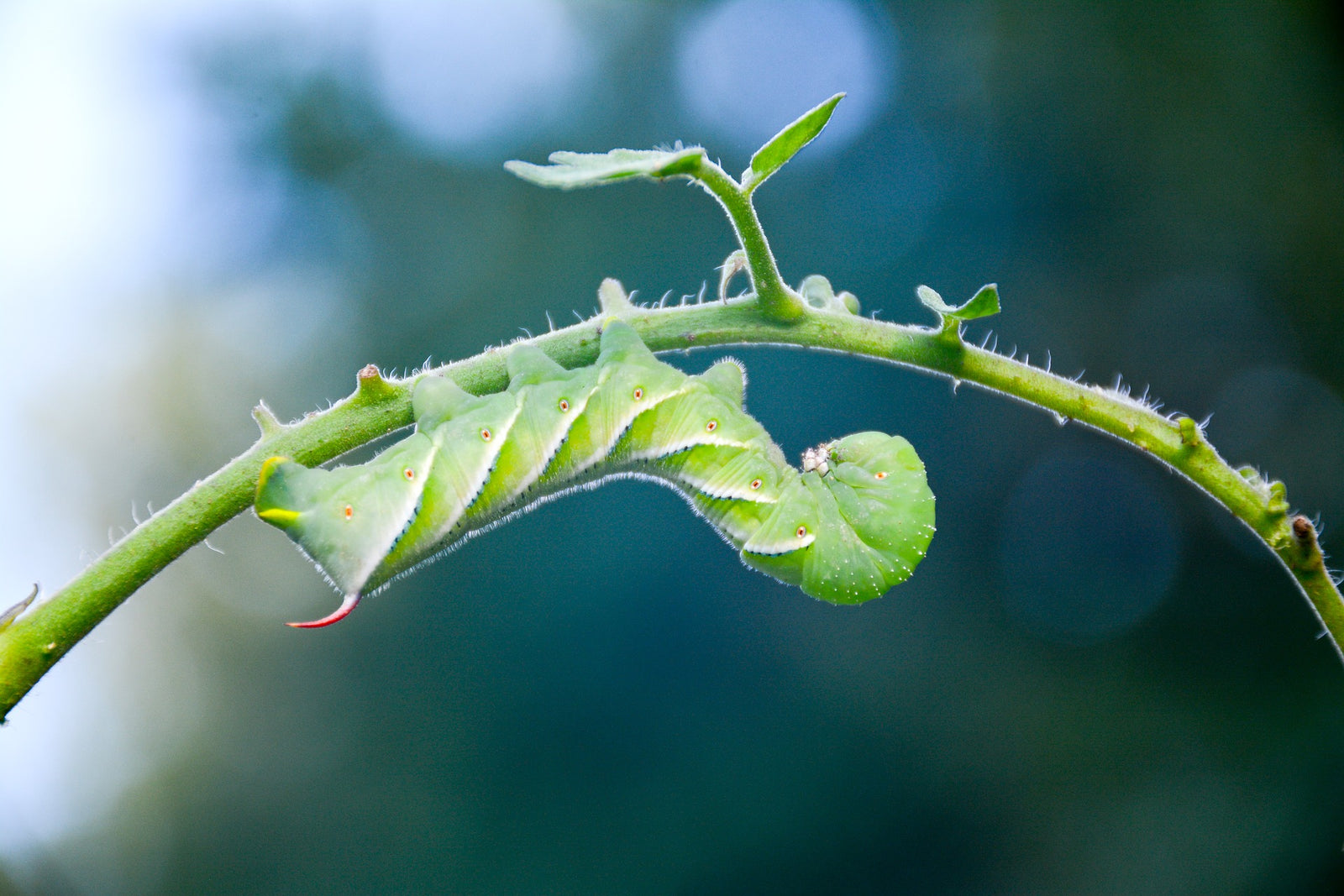Your Cart is Empty
We recently created a video in order to show what kind of differences Mikrobs can bring to garden and fields. Through this video, we are excited to be able to present a more ‘live and tangible’ result, rather than making do with potentially unfounded, arbitrary verbal claims with a few photos at best. The video was created in a time-lapse format, which was an ambitious project that we could only start after spring. The footage was shot every day with a Cannon EOS starting in May. In full disclosure, due to initial trial and error, we were unable to get completely clean, full shots for around two months (from May 10th to July 5th, to be exact), as well as missing some footage from a couple days between the 6th and 8th week of the project. We personally think that it is of the highest importance to be as transparent about the whole process as possible, and by being so, we hope that we are able to produce the clearest, most unadulterated view of what our experiment and video convey.
First of all, we need to divulge some more details about the exact test conditions. The purpose of the tests was not to grow the plants well, but to see the differences between ‘Mikrobs-treated’ vs ‘Non-treated’ (i.e. Control) plants under the exact same conditions. As a result, we did not install any protections against heavy rains or heavy sunlight. We installed 2 tomato plants in a 20 gal. size pot for each condition.
During the test period, we got about 2 weeks of excessive rain, which might have drained out a lot of nutrients in the soil. Consequently, we had to reinforce NKP for both pots on the 7th week. In addition, for around 3 weeks, there were back to back days of hot, burning sun. Due these considerations, the overall growing conditions were harsher than usual during the time that the test was carried out.
As a routine, we watered the ‘non-treated’ (control) tomatoes 2-3 times a week, and also cut off some suckers on the 6th week. Unfortunately, one of the two control plants was badly eaten off by a Tobacco Hornworm on the last week right before the project was about to finish. We got rid of the worm not long after he started feasting on the plant – which is why the neighboring plant could stay safe and intact. Aside from the hornworm, we also observed many flowers rotting after long heavy rains. This is when the NPK reinforcement on the 7th week occurred- because the leaves looked very pale due to nutrients deficiency (possibly attributed to excessive rainfall) towards the 6th week. As an end-result, the two control plants yielded 3 fruits (tomatoes) in total.
As for the ‘Mikrobs-treated’ condition, we gave the two plants the Mikrobs blend once a week. We also gave them an NPK reinforcement on the 7th week, at the same time as the control condition, but at a third (1/3) of the amount that was given to the non-treated plants. These tomato plants bore 3 fruits in total, and 2 of them looked noticeably larger than the tomatoes from the non-treated plants. The leaves were in brighter, flush-green color, and were not eaten by any insects including the tobacco hornworms that devoured the non-treated plants. You will see the quantitative results of this test in the table below, and at the end of the video.

Now, many of you will be curious as to why the Mikrobs-treated plants were not affected by any of these insects. This may be because some soil microbes are known to be effective in controlling insect larvae populations. In fact, there are a number of soil microbe products that are produced for this exact purpose. For example, products containing Bacillus Thuringiensis subspecies Israelensis, or simply Bti, are used to control mosquitoes, and fungus gnat larvae. Products containing Bacillus Thuringiensis Kurstaki, or more simply Btk, are used to control caterpillar larvae. In the process of sporulation, bacillus thuringiensis creates fatal crystal proteins that eventually kill the larvae once these crystals are consumed. Mikrobs, on the other hand, does not actually contain Bti or Btk- then why is it that Mikrobs-treated tomatoes did not fall prey to Tobacco Hornworms or any other insects for that matter? Based on scientific research that some bacillus subtilis strains create enzymes that negatively affect the gut system of Lepidoptera larvae, our educated guess is that this phenomenon can be largely attributed to the Bacillus Subtilis strain in Mikrobs. Although not conclusive, during our extensive field and lab experiments, we have not been able to observe plants getting damaged by caterpillars even during active nourishing periods when treated with Mikrobs.
Growing plants with Mikrobs means you will pretty much be rid of most of your concerns on soil-borne fungal disease like fusarium, Pythium, Phytophthora, as well as your distresses surrounding a wide range of pathogenic bacteria and insects, including green and black caterpillars. Growing microbes in your soil is a small but meaningful way of taking a step towards sustainable solutions to restore our earth. Go green, go Mikrobs!
Comments will be approved before showing up.
